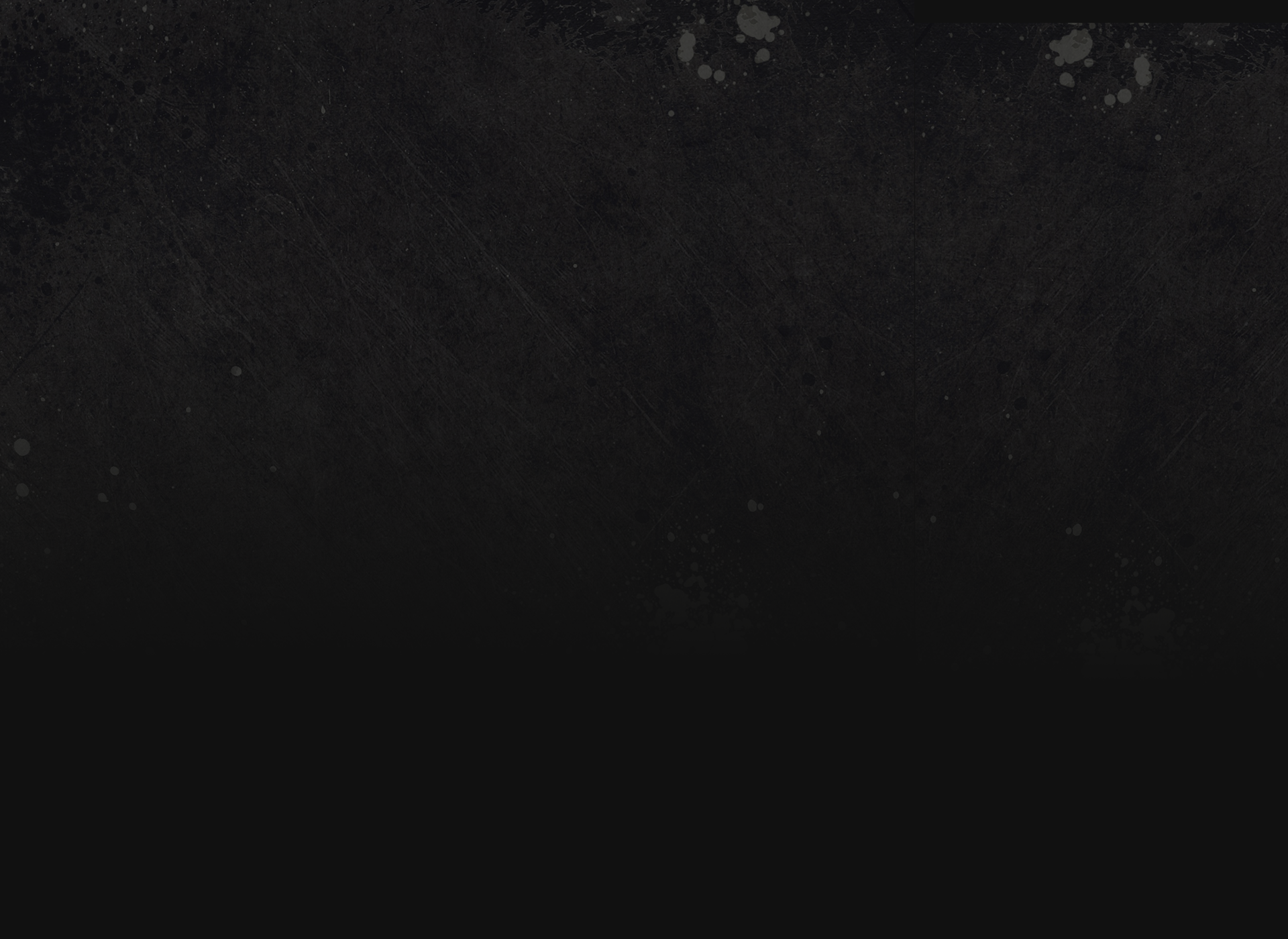
AAVAAS
Composer-Singer-Writer
Audio Albums


Palaa Palaa
Recording live in a ½ inch spool with a team of 20 musicians inside a small studio was a dream come true for Aavaas to live up to his concept of musical harmony of orchestral recording. At a simple count of a metronome, the 6-day long session had started for a grand finale. Four months of practice sessions by the violin students of Narayan Gopal Sangeet Kosh and further practices with other professional artists for weeks had flared up the sparks of this mini orchestra.
Lamppost
Modernity can also be understood as the continuity of contemporariness. This album gives its audience a taste of pure Nepali Adhunik music rendered with freshness of Aavaas’s creative approach to add a contemporary flavor in this genre hence making it a modern music project.
Nepali Adhunik songs are works of literature. However, its compositions and music styles has strictly been limited to the traditional approaches. A serious practitioner of this genre, Aavaas genuinely acknowledges its original forms but equally renders new and exquisite melodies composing music for pure poetry and adopting newer musical instruments.
Aavaas’s musical journey through the debut album Pala Pala (2004) and the Paleti series concert he propounded until this stage of his second album is a journey of modernity itself. We believe this album marks a new opening of Nepali Adhunik music's transcendence into newer horizon.
Phatteman @ 70
Composer Aavaas, driven by singer Phatteman's unconditional love to the Nepali Adhunik forms and his own quest to revive this genre of music, started writing scores and arranging orchestration for the ‘golden singer' and recording it using only acoustic instruments and recording systems.
A Land Of Resonance & Intonations
Aavaas’s instrumental pieces are original compositions inspired by a variety of Nepal’s folk music traditions, such as the Deuda styles of the far west, the Majhi rhythms of the eastern plains, the Tamang Selo of the central hills, and the Newari tunes of Kathmandu valley. With their lyrical mix of native instruments such as the saarangi (fiddle), the maadal (drums), the bansuri (bamboo flute) the binaayo (bamboo mouth harp),the murchunga (metal mouth harp) and the sitar, they express the aspirations, joys and hardships of Nepal, and capture the jagged beauty of the land.
The flowers
Aavaas started his music career with children songs. He used to teach music for children in his teenage. 'The flowers' is a compilation work of those times. Well known Nepali singer Pavitra Subba and school children has given their voice in his first album.








